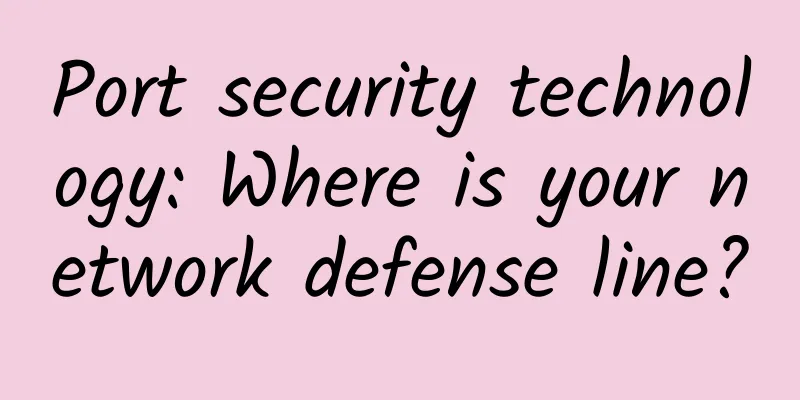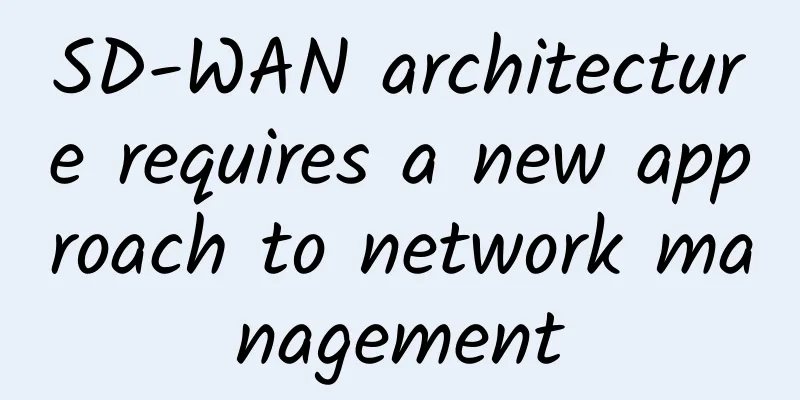An article explains the detailed process of SSL handshake protocol

|
Overview SSL (Secure Socket Layer) is a security mechanism that runs between the application layer and the TCP layer, ensuring the confidentiality and integrity of upper-layer application data transmission and the legitimacy of the identities of both parties in the transmission.
SSL protocols include: Handshake protocol, SSL password change protocol, Alert protocol, and Record protocol. The handshake protocol is the first subprotocol of SSL connection communication and is also the most complex protocol. SSL Layered Structure SSL Handshake Protocol Through the handshake process, the client and the server negotiate session parameters (including mutual authentication, negotiation of encryption and MAC algorithms, generation of session keys, etc.). SSL handshake protocol process Phase 1: Building security capabilities Client - client_hello:
Server-server_hello:
Phase 2: Server Authentication and Key Exchange
The server's digital certificate containing the public key information or the complete certificate chain to the CA. Server-server_key_exchange:
Server-certificate_request:
Server-server_hello_done:
Phase 3: Client Authentication and Key Exchange Client-certificate:
Client-client_key_exchange:
client-certificate_verify:
Phase 4: Completion client-change_cipher_spec:
Client-finished:
Server-change_cipher_spec:
Server-finished:
|
>>: 5G phones are now online. How long can 4G phones last? Can old phones use 5G networks?
Recommend
Aruba Helps Global Operators Seamlessly Extend 5G Cellular Networks to Enterprise Environments with Passpoint-Based Wi-Fi Services
Recently, Aruba, a subsidiary of HPE, announced t...
PacificRack: $8/year KVM-512MB/10GB/1TB/Los Angeles data center
PacificRack has launched the Winter Sales promoti...
The Ministry of Industry and Information Technology responded to the withdrawal of 2G/3G networks: an inevitable choice for upgrading
Recently, the Ministry of Industry and Informatio...
Will 5G replace WiFi? Not in the short term
As global operators begin to pave the way for com...
A complete set of DNS related tests in IPv6 environment
[[271457]] Dong Tao, senior operation and mainten...
Link aggregation, redundancy, stacking, and hot backup of core switches
1. Link Aggregation Link aggregation is the combi...
The wireless router is placed here, no wonder the WiFi signal is poor
How to solve the problem? Only WiFi! WiFi allows ...
Should operators delay 5G deployment plans until 2021?
In 2020, the sudden outbreak of COVID-19 is havin...
Five ways to ensure your applications are cyber resilient
The massive shift to remote work caused by the CO...
Jin Zhuanglong, Minister of Industry and Information Technology: Enrich and expand 5G application scenarios and promote 6G research and development
Today, the 31st China International Information a...
5G - the future network technology for all applications
As 5G is being promoted and deployed around the w...
How to promote 5G packages in small and medium-sized cities
From the perspective of package value, the curren...
Can you distinguish between distribution, high concurrency and multithreading?
When these three words are mentioned, do many peo...
Five packet sniffers that can replace Wireshark
Wireshark is a very popular packet sniffer. It ca...
Report: Global mobile broadband coverage reaches 95%
The majority of the world’s population – 95% – is...









